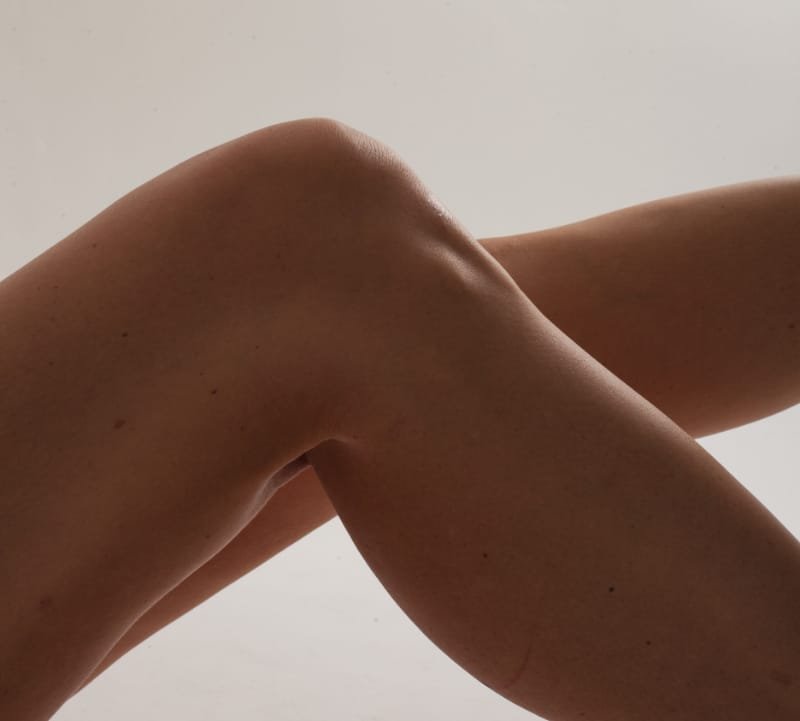What Not To Do After Knee Replacement
A knee replacement can significantly reduce pain and improve quality of life. But even if you’ve chosen a top-notch surgeon for your procedure, a successful outcome requires your active participation as well. In the days immediately following the surgery, the pain serves as a reminder to take it easy, but when the pain subsides, it’s easy to forget you’re still healing. Even when you’re feeling better, there are some things you’ll need to remember not to do after knee replacement surgery.
What not to do after knee replacement
Recovery from knee replacement is a gradual process. A full recovery can take 6 months to a year or more. In addition to the skin and deeper soft tissues that are cut during surgery, bone and cartilage tissue are cut as well. The healing process takes time, and it’s important not to rush back into intense activity. Although it may seem contradictory, it’s equally as important to start rehabilitation immediately after surgery. Your doctor and physical therapist will give you a list of postoperative do’s and don'ts to help facilitate recovery and avoid injury, and it’s important to follow them closely. In the meantime, here's an idea of the things you’ll want to avoid after knee replacement surgery.
Don’t skip your exercises
Physical therapists are trained in guiding patients safely through the recovery process. Following the knee replacement rehab exercises provided by your therapist will can help keep you moving enough to promote healing, but not so much that you risk injury.
Don’t discard your assistive device too early
If you’re given a walker, crutch, brace, or other assistive device, it’s important to use it as instructed by your doctor until you’re cleared to let it go. Discarding it too early can increase the risk of reinjury of the operated leg as well as compensation injuries in other parts of your body.
Don’t sit on soft or low chairs
Low chairs, soft couches, stools, rocking chairs, and low car seats all require that you put significant stress on your legs when getting up. In the first few months after knee replacement surgery, try to use only upright straight-back chairs and use your walker or cane to hold some of your weight when standing up. Placing a pillow on chairs or in car seats can help make it easier to stand up when you’re ready.
Don’t lift heavy objects
Heavy lifting puts pressure on your joints. It’s best to avoid lifting anything heavier than a coffee cup for several weeks after surgery. If you like to lift weights at the gym, your physical therapist will let you know when it’s safe to do, and can help you find alternatives in the meantime.
Don’t wear flip flops
Flip flops and other unsteady footwear can cause you to slip, twist, or pivot your leg in ways that your newly operated knee cannot handle. In order to decrease your risk of injury, wear sturdy footwear with good grip. Be sure to wear grip socks indoors as well.
Don’t run or jog
Running and jogging place repeated stress on the knee, and are best avoided after knee replacement. If you are serious about a return to running after knee replacement, you’ll need months of intense fitness training to get your muscles strong enough to protect your knee. A physical therapist can help with this, but this kind of rehabilitation goes far beyond what’s typically expected for knee replacement recovery.
Don’t downhill ski
Similar to running, downhill skiing can be very hard on the knees, particularly if you’re new at the sport. Even experienced skiers will need to wait at least three months before hitting the slopes after knee replacement, and during that time, a strong emphasis will need to be placed on rehabilitation. A return to skiing should be gradual and only in ideal, powdery conditions.
Don’t participate in high impact sports
High intensity, high impact sports such as hockey, soccer, football, handball, basketball, and tennis put stress on the knees and increase the risk of injury. It’s best to stick with low-impact sports that minimize pressure on your new knee, including swimming, cycling, golfing, kayaking, or scuba diving.
Don’t hike on uneven trails
While hiking is a great way to enjoy the outdoors and get some exercise, uneven terrain can cause you to trip, twist, pivot, or fall, injuring your operated leg. Wear sturdy hiking shoes, bring your assistive device, and stick to flat trails without too much incline until your physical therapist clears you for more intense hiking conditions.
Don’t forget to eat healthy and get plenty of rest
All your bodily systems work together to help you heal. A healthy diet and sufficient sleep will go a long way toward promoting healing after knee replacement surgery. The more you prioritize your overall health, the sooner you’ll recover and get back to doing the things you love.
Looking for knee replacement rehab? Visit Bella Vista today
Not everyone is ready to return home after they’ve been discharged from the hospital following knee replacement surgery. At Bella Vista Health Center, we offer inpatient rehabilitation in our 5-star skilled nursing facility, providing a safe transition between hospital and home. Every knee replacement patient receives a customized rehabilitation therapy plan designed to help them recover quickly and return to all their favorite activities as soon as possible.
Give us a call at (619) 644-1000 to schedule a tour today.








